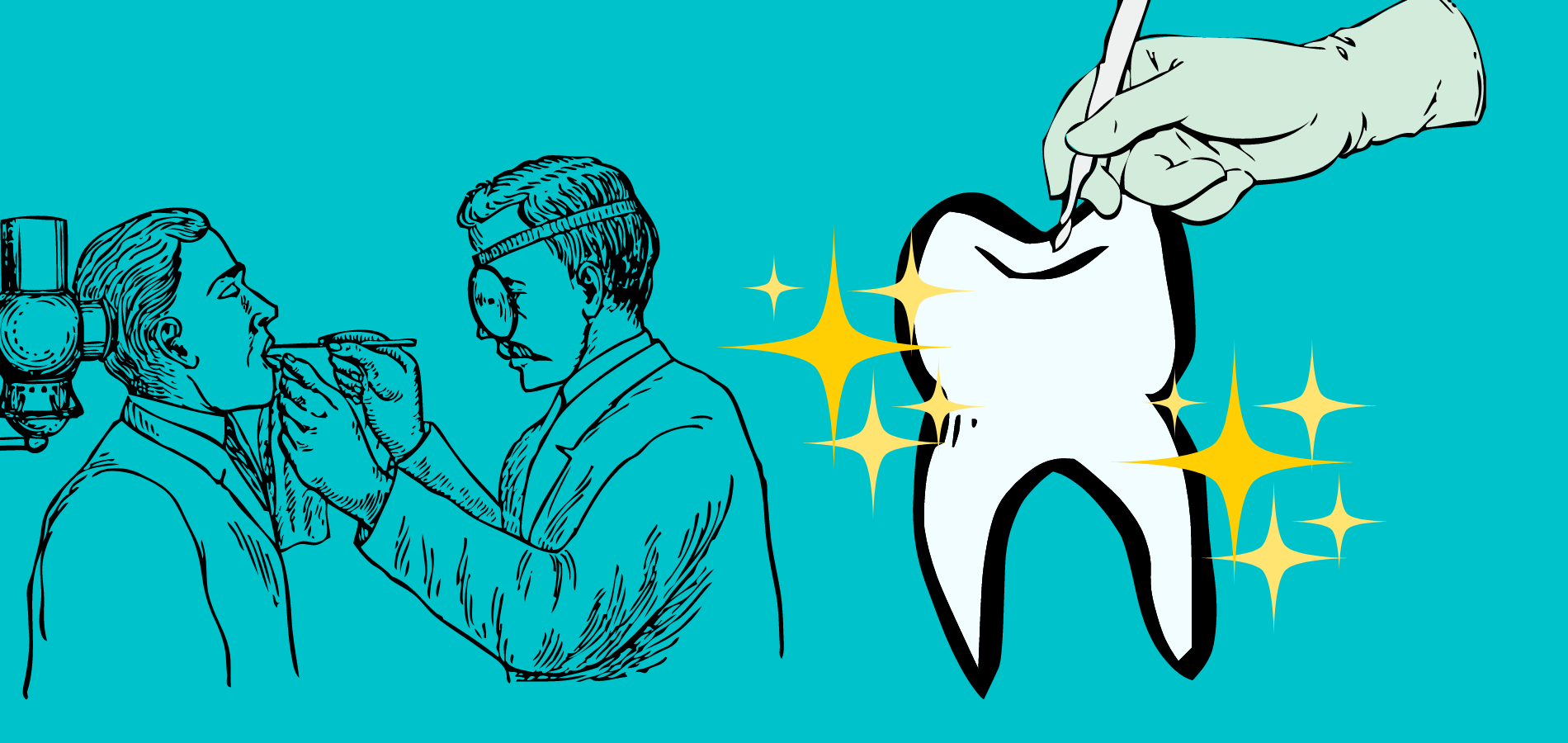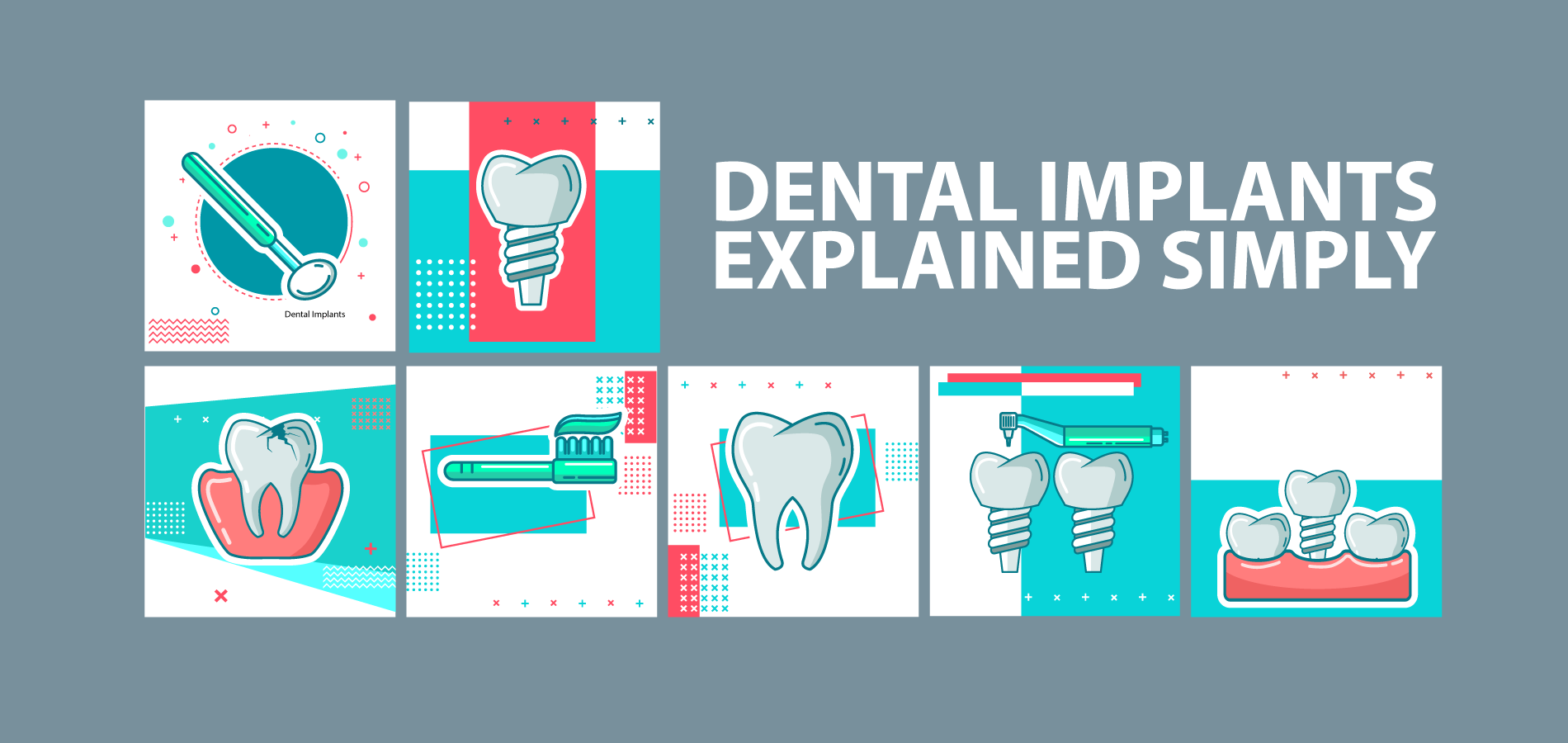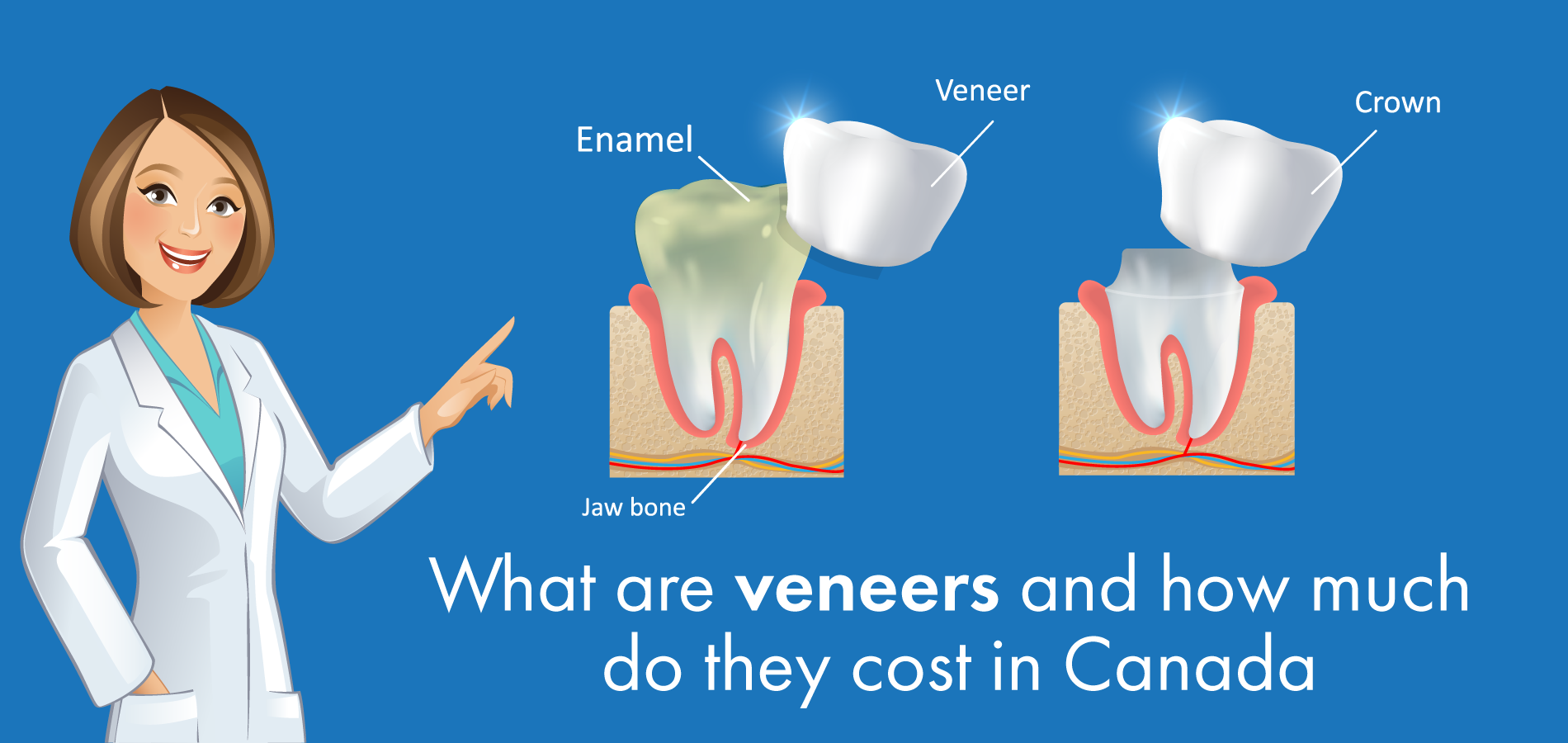Restorative dentistry procedures repair or replace missing or damaged teeth. This can range from simple fillings to very expensive crowns and dental implants.
Do most Canadian dental plans pay for restorative dentistry? Well, yes and no. Many plans do cover these procedures. However, they can cost thousands of dollars and your benefits may have an annual limit that results in your paying out of pocket for much of the work.
What is restorative dentistry?
There are five main types of tooth restoration:
- Fillings: This is the simplest and least expensive dental work. The dentist will remove the tooth decay and fill the space with material such as gold, porcelain or silver amalgam.
- Crowns: In this treatment, a cracked or damaged tooth is repaired by having a tooth-shaped cap put over it. A crown looks just like a real tooth and the patient can normally chew using it.
- Bridges: This dental work bridges the gap between teeth if one tooth is missing. A crown is placed at each end of the bridge, serving as an anchor. The bridge holds an artificial tooth in the middle.
- Dental implants: These are used when a tooth is missing or dies and must be extracted. A metal anchor is implanted into the jaw and a false tooth is inserted onto it. An implant looks and feels like a natural tooth.
- Partial denture: This replaces more than one tooth in a row. It’s held in place by wires attached to existing teeth. The partial denture can be removed for cleaning.
If almost all of your teeth are dying or missing, the dentist may recommend that you get a full set of dentures.
Why is restorative dentistry important?
A missing tooth can have a significant impact. If you leave the space open, your other teeth can shift and become misaligned. Of course, it can also detract from your smile if you have a gap.
By replacing a tooth, you help your teeth to stay in alignment. A great smile is positive for your appearance and self-esteem.
Minor vs major restorative dentistry
As we’ve mentioned, minor restorative dentistry can be as simple as filling a tooth. Major treatment can include extracting a tooth and replacing it with a dental implant.
The key differences are:
Time: A filling can be completed in a single visit to the dentist, usually taking less than an hour. Major restorative dentistry can require multiple trips over a period of several months.
Pain or discomfort: With a good local anesthetic, a filling shouldn’t hurt much. If your tooth is sore, it should feel better in a day or so. Complex restorative dentistry can cause pain and you may need to take painkillers to deal with it.
Cost: Basic dental services, such as a filling, will cost less than $200. A tooth extraction and implant may see you facing a bill of thousands of dollars.
Restorative vs cosmetic dentistry
These are quite different. As we’ve indicated, restorative dentistry repairs damaged teeth or deals with missing teeth. On the other hand, with cosmetic dentistry the teeth may be perfectly fine – they just don’t look that good. Cosmetic dentistry seeks to improve the colour, position, shape, size and alignment of teeth. In addition, cosmetic work may be done to improve the overall appearance of your smile.
Major restorative dental examples
Bob was in a cycling accident, falling off his bike and chipping his two front teeth. The dentist did root canals on the two teeth and then crowned them. The new teeth look great and Bob does not have any discomfort or pain.
Over the years, Jenny ground her teeth at night and this caused one of her teeth to crack. It eventually died and the dentist had to extract it. The dentist filled the gap by putting in a dental implant with a false tooth. This process took several months and cost thousands of dollars. In the end, it looks great and Jenny has a full smile with no gaps.
How much does restorative dentistry cost?
As we have mentioned, a simple filling can cost a couple of hundred dollars. Complex restorative dental procedures can run into the thousands.
Therefore, it’s important to ask your dentist for a cost estimate:
- The dentist will provide you with a printout detailing the procedures and costs
- You can take this estimate to your dental insurance company to find out how much they will cover
- It’s perfectly fine to speak with more than one dentist to see if they would offer a less-expensive treatment plan
Restorative dentistry and endodontics
An endodontist is a restorative dentistry specialist who works to save your natural tooth. They treat teeth that have been damaged or infected, causing discomfort and pain. Endodontists perform procedures such as root canals, removing diseased or damaged tooth pulp inside the tooth.
If the endodontist can save the tooth, you may not have to undergo restorative dentistry (such as tooth extraction and putting in an implant).
Since endodontics is highly complex and depends on your specific situation, it’s best to get a consultation to determine the treatment options and costs.
Tips for taking care of restorative dentistry work
Treat your restored teeth the same as natural teeth. Preventative dental care is essential so be sure to brush and floss regularly. Visit your dentist or dental hygienist regularly for deep cleaning and to make sure your teeth and gums are healthy.
If you grind your teeth during your sleep, your dentist may recommend that you wear a special mouth guard at night.
Major restorative dental insurance
Some dental plans only cover basic cleaning, diagnostics and x-rays. They allow a patient to visit the dentist twice a year, usually with a cap on the amount covered.
More comprehensive dental plans cover restorative work, such as bridges, crowns and implants. Some will even allow you to submit claims for dentures. However, there is a catch. Most plans have a dollar limit on major dental work. For example, the enhanced Blue Cross Ontario plan will only cover up to $500 in complex restorative work.
Unfortunately, a tooth extraction and replacing it with an implant can cost thousands of dollars. So even with dental insurance, you could end up paying out of pocket for most of the expense.





